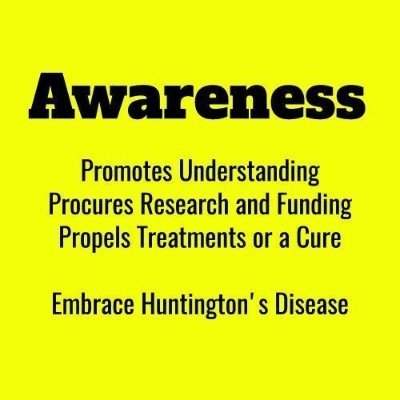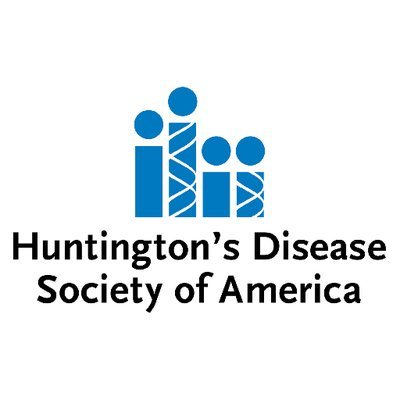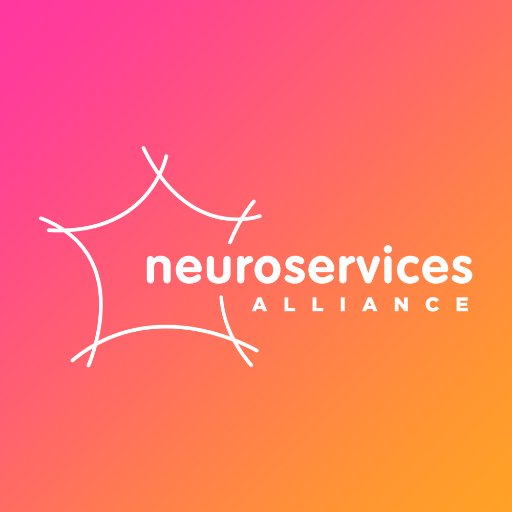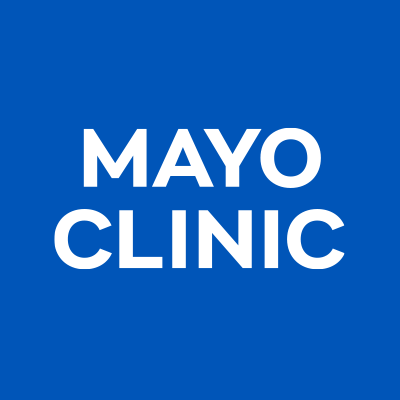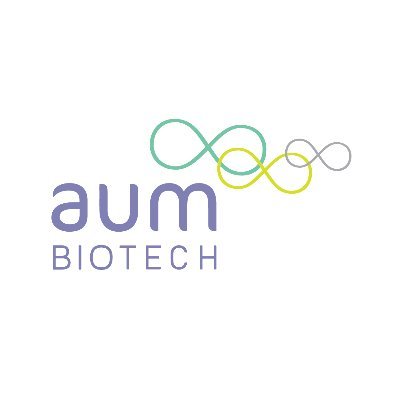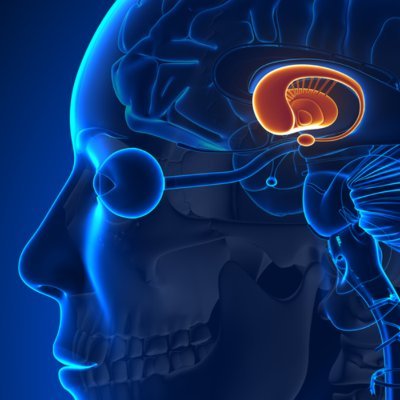
Huntington's Disease
@HuntingtonsDis4
Official account of the Huntington's Disease Research SJHS. Join us and together, we can spread awareness.
You might like
Has this Twitter feed made you aware?
0 vote · Final results
Huntington's disease is an inherited disease that results in the eventual breakdown of the brain's nerve cells. Symptoms are usually developed in a person's '30s or '40s, and the disease will in time hinder control over mental and motor function.

Genetic Cause The disease affects the HTT gene, which provides information for producing a protein called the huntingtin protein. The function of this protein is still mostly unknown, but researchers have found that it plays a large role in the nerve cells of the brain.
Genetic Cause A CAG trinucleotide repeat, a DNA segment that is made up of the DNA building blocks of cytosine, adenine, and guanine, found in the HTT gene, repeats many times in a row. In a person unaffected by the mutation, the CAG segment is repeated 10-35 times in the gene.
Genetic Cause Contrarily, in a person affected by Huntington’s disease, the CAG segment is repeated 36-120 times. Those whose segment is only repeated 36-39 times have much lower chances of developing the signs and symptoms of Huntington’s disease.

Genetic Cause People with more than 40 repeats almost always develop Huntington’s. This increase in the CAG segment results in longer strands of huntingtin protein being produced. This extended protein is then divided into smaller, toxic fragments.
Genetic Cause These fragments then bind together and accumulate in the brain’s neurons affiliated with movement, thought, and memory, hindering their functions before destroying them, gradually worsening a person’s functional abilities (U.S. National Library of Medicine, 2020).

Inheritance Probability Huntington’s disease is an autosomal dominant disorder caused by an inherited defect in a single gene. A person therefore only needs one copy of the gene to develop the disease.
Inheritance Probability A parent affected by this gene could pass the defective gene or a healthy gene to their child. The child will then receive a healthy gene from their other parent, meaning that the inheritance probability of Huntington’s disease is 50% (Mayo Clinic, 2018).

Symptoms There are many symptoms of Huntington’s disease. Affected people suffer from loss of movement control, such as involuntary jerking, impaired posture and balance, and difficulty with the production of speech, and seizures.
Symptoms Cognitive changes include difficulties moving on from a thought, lack of control over their feelings and awareness regarding their own behaviour, and difficulties in learning new information.
Symptoms Emotional changes include the development of aggression, depression, antisocial behaviour, insomnia, mania, bipolar disorder, and obsessive-compulsive disorder. These symptoms will worsen as the disease progresses (Mayo Clinic, 2008).
Cure Huntington’s disease is currently untreatable (Mayo Clinic, 2008).
Treatment Although the disease is untreatable, the effects of some of its symptoms can be reduced with medication and therapy. Tetrabenazine, also known as Xenazine, is FDA approved and can treat the jerky, involuntary movements caused by Huntington’s.
Treatment Other drugs like Fluoxetine can reduce depression and obsessive-compulsive inclinations. Other than medication, Speech and physical therapy are recommended to maintain functional abilities for as long as possible (Mayo Clinic, 2018).

Prevalence There are no exact numbers for the prevalence of Huntington’s disease in the worldwide population, but it is known that in mainly Caucasian populations in Australia, Western Europe, and North America, the prevalence rate was 9.71 per 100,000 (Rawlins et al., 2016).
Prevalence More specifically, in the United States of America, Huntington’s affects roughly 30,000 individuals (Medical News Today, 2017). Yet East Asian countries like Hong Kong, Japan, South Korean, and Taiwan had a much lower rate of 0.42 per 100,000 (Rawlins et al., 2016).

Research Today, researchers seek to better understand the causes and symptoms of Huntington’s disease and to identify an effective treatment through many different research areas. Some study why the defective huntingtin protein only attacks certain parts of the brain.
Research Others conduct genetic studies on the age of disease onset and inheritance patterns (MedecineNet, 2018). One research team has already identified ataxia telangiectasia mutated protein as a possible target for developing a treatment for Huntington’s (Flemming, 2015).
References Flemming, A. (2015). Huntington Disease: Banking on ATM.. Nature Reviews Drug Discovery, 14(2), pp.92-93. Retrieved from web.a.ebscohost.com/ehcs/detail/de…. Mayo Clinic. (2018, May 16). Huntington’s disease. Retrieved from mayoclinic.org/diseases-condi….
United States Trends
- 1. Jokic 24.5K posts
- 2. Lakers 53.1K posts
- 3. Epstein 1.63M posts
- 4. #AEWDynamite 49.6K posts
- 5. #River 4,593 posts
- 6. Clippers 14.1K posts
- 7. Nemec 3,221 posts
- 8. Shai 16.2K posts
- 9. Thunder 41.8K posts
- 10. #NJDevils 3,086 posts
- 11. Markstrom 1,229 posts
- 12. #Blackhawks 1,591 posts
- 13. Sam Lafferty N/A
- 14. Ty Lue 1,041 posts
- 15. Nemo 8,636 posts
- 16. #NIKKE3rdAnnivBattleReport 7,519 posts
- 17. Kyle O'Reilly 2,272 posts
- 18. Rory 7,905 posts
- 19. Steph 29.3K posts
- 20. Spencer Knight N/A
Something went wrong.
Something went wrong.












